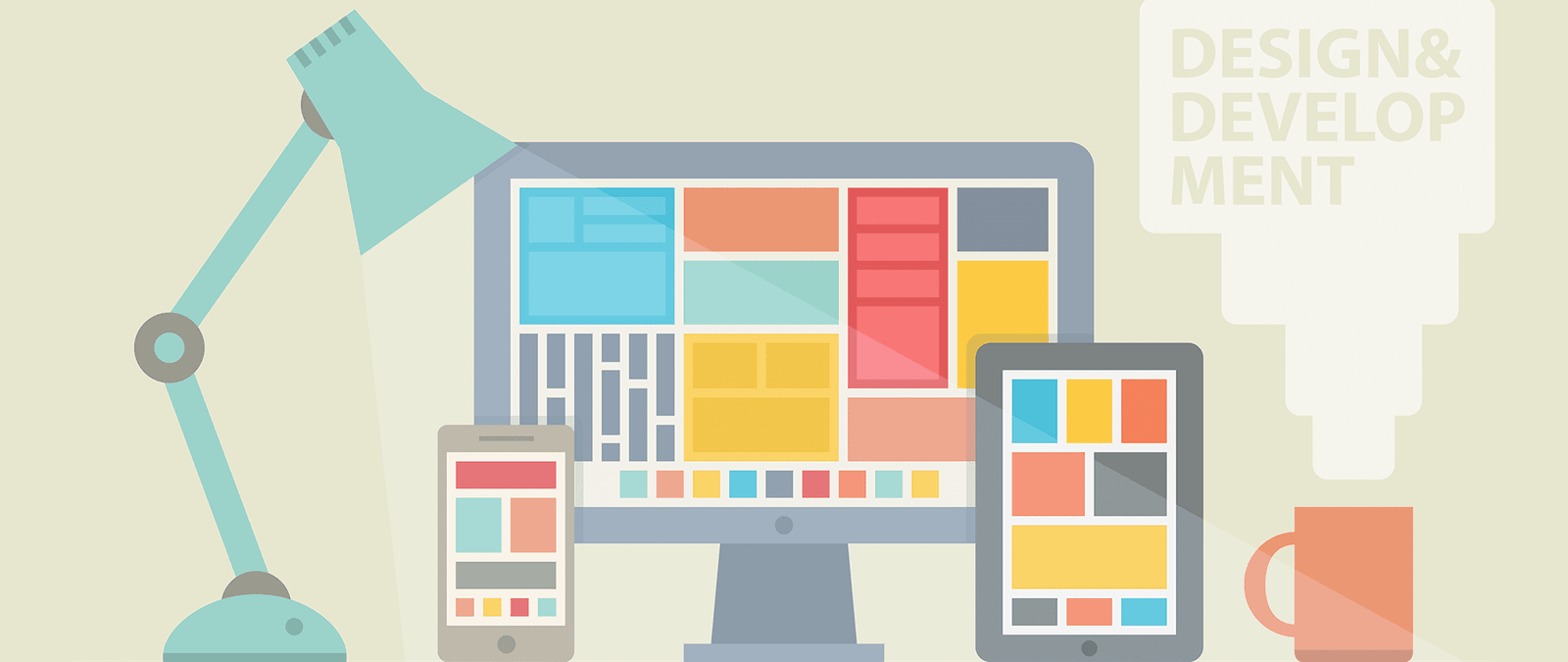Working with web designers
You can design your website yourself, but many people prefer to work with professional web designers. They bring the experience gained from working on lots of previous projects, and the level of expertise that comes from developing websites full time.
If you decide to work with a web design firm, you still need to understand what makes a website effective, and need to make sure that your site meets your goals. Your designers will bring a lot of creativity and insight to your brief, but you will need to work with them to manage the project successfully.
Choosing a good designer
You can find web design firms through a search engine, through adverts in magazines, or through your local phone book. You can find freelancers worldwide, through Elance (www.elance.com). Designers often work remotely, without meeting their clients, but you might prefer to work with somebody local.
Take a look at the web designer’s own website, as well as those in his or her portfolio. Don’t be seduced by flashy graphics, unless they would help you to satisfy your site’s purpose. Look at how easy the sites are to use, and how well they meet their objectives. Try resizing the web browser window, increasing the text size, navigating by keyboard, and typing nonsense into forms, to see if the site still works. See whether you can find the websites easily using a search engine, and try out the sites on different devices.
Often, the portfolio sites will have been designed with different requirements to your own, but you can learn a lot about a design firm by checking how flexible and search-engine friendly their sites are by default.
How web designers charge
Web designers usually quote a fixed fee for the project. This will be based on their estimate of how much time it will take them, considering the scope of your design project and how easy you will be to work with. If you can reassure them that you will respond promptly to their requests for feedback and input, and supply materials in a form that’s ready to go on the website wherever possible, you might be able to save money. There can also be regular maintenance costs, and it’s good idea to incentivize your designer to have an ongoing interest in the success of your website, if you think you might need their help to keep it running.
When to engage your web designers
It can take some time to find designers you trust, so it’s a good idea to start looking as soon as possible. However, you should probably wait until your content has been created before you kick off the design project. Otherwise you run the risk of having to cut your content to fit the design.
Finishing the content first also means you can then focus your attention on the design, which makes it easier for you to provide timely testing and feedback.
How to brief your designers
To get the best results from your web designers, give them the freedom to be creative. If you have a clear vision for your website, by all means share it. But don’t dictate the layout, color scheme, navigation, and so on, unless you’re certain you’ve got a better design than they might otherwise have come up with.
Instead, start by sharing those aspects of the site you have already planned. Tell them about the website purpose, and how you plan to differentiate your site from the competition. Provide as much information as you have on your audience and the kinds of devices they might use to view your website. Share your concept of how you want visitors to interact with your website, and send them the content you already have.
If you can provide examples of competitive (or even unrelated) websites that you love and hate, and explain why, that will help the designers gauge your taste.
Designers will often create mock-ups of the design, using an art package like Photoshop at first, so that you can agree on the look and feel of the site before they spend too much time developing web pages. When you have alternative designs to choose from, it’s usually okay to mix and match ideas from them. These mockups are part of the web design project, and you shouldn’t expect designers to speculatively create them for free.
Providing feedback
Keep in touch with your design team and provide timely and regular feedback. Make sure that you thoroughly proofread and test the final web pages. Ultimately, you are responsible for the quality of your own website.


